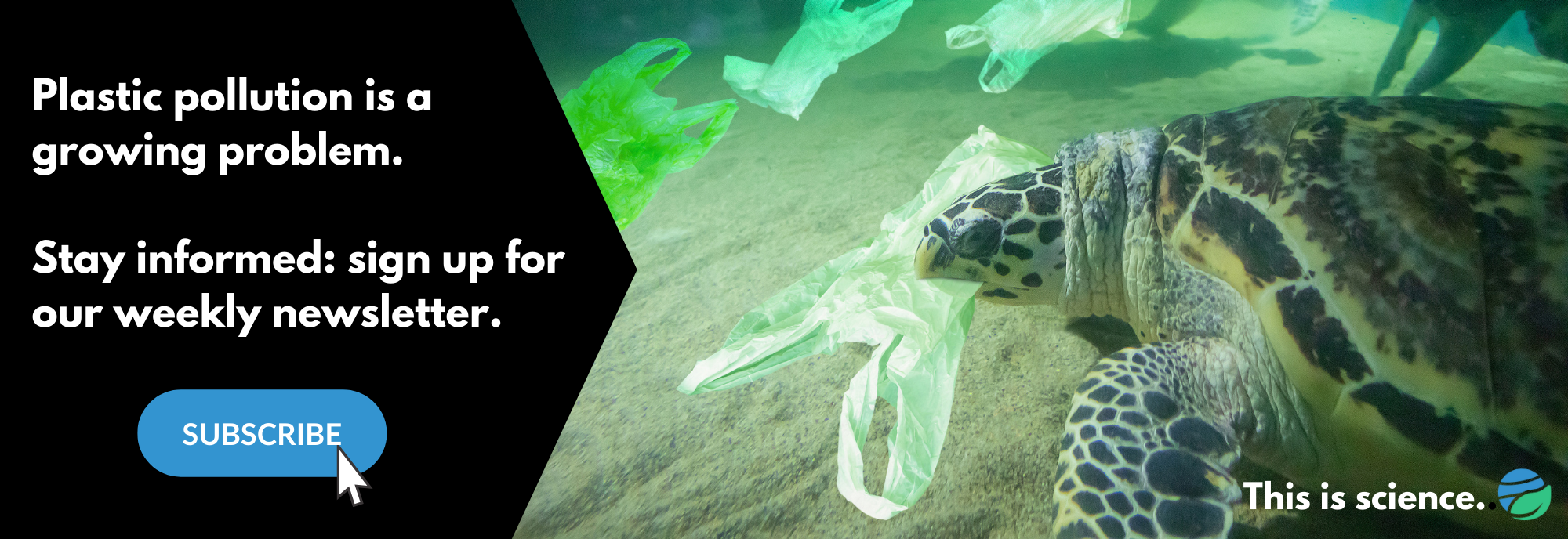Despite a revitalized national focus on environmental injustice, one group is largely ignored: people with disabilities, who make up more than 25% of the US population.
The EPA’s definition of environmental justice does not currently include a disability.
However, a recent study suggests that disability status – especially when combined with race, ethnicity, and income – can determine how much environmental damage one might be exposed to.
Pollution in the United States has never been evenly distributed. Our long history of discriminatory housing and zoning laws has forced marginalized groups to live in areas that are disproportionately exposed to environmental hazards – the effects of which are still present today.
In response, environmental justice researchers have spent decades documenting these inequalities. What began with a focus on black and brown Americans has since expanded to other marginalized groups such as low-income households, immigrants, and the LGBTQ + community.
Few studies also consider disability. But in one of those rare studies, Jayajit Chakraborty, a professor of geography at the University of Texas at El Paso, observed that Houston neighborhoods had a significantly higher percentage of disabled people compared to those living near pollution sources – such as Superfund sites and hazardous waste facilities Rest of the city. In addition, race, ethnicity, and age exacerbated these inequalities – people of color with disabilities and those aged 75 or older both lived in even closer proximity to polluted areas, likely reducing their quality of life.
Related: Disability should not be a death sentence during a natural disaster
These results came as no surprise to Chakraborty. In his previous work, he came to a similar conclusion when he looked at how close disabled people lived next to toxic chemicals and again when he looked at where disabled communities were compared to facilities that use hazardous substances.
“And that got me thinking, what about other types of environmental hazards?” He told EHN, adding that he wanted to look at more chronic pollution sources, which “traditionally received a lot of attention in the past”. [environmental justice] Research … but not so much about disabilities. “
However, he stresses that these conclusions are specific to the Houston area and that more work needs to be done to see how this affects the whole country.
It will be difficult to expand this research, however, as work like that of Chakraborty is unusual.
“There are few studies on it [environmental justice] and disability, not to mention the intersection of race, class and disability, “Arrianna Planey, assistant professor of health and policy management at the University of North Carolina, Chapel Hill, told EHN.
But the disabled community knows these kinds of problems “forever,” Daphne Frias, organizer for disabled youth, told EHN. The researchers, she added, “have so much to do to catch up.”
Data on disability are missing
Dr. Jayajit Chakraborty (Image: UTEP)
One reason for this gap in environmental justice research is a lack of data on disability.
“I would prefer to do field research to get primary data – surveys or interviews – to understand the lived experiences [of this community]. “said Chakraborty. Time and financial constraints do not always make this possible. Therefore, like many other environmental law scholars, Chakraborty relies on information obtained through other methods, such as the American Community Survey (ACS).
Unfortunately, this can have several limitations. “The ACS has large margins of error and generally underestimates the prevalence of disability,” said Planey, who was not part of the Houston study.
One reason is that people in the community with disabilities have difficulty getting counted on these surveys for reasons ranging from inaccessible survey design to distrust of government surveyors. In addition, these surveys are reported themselves. The stigma associated with disability often leads people to refrain from identifying as disabled, leading to an underestimation of their numbers.
Nevertheless, despite its imperfections, the ACS at least contains data on disabilities. Chakraborty found that other research surveys often don’t ask about disability status in the first place.
“There [are questions] for race, ethnicity, housing status and other things, “he explained.” For many of these forms there is no identifier for people with disabilities.

Bringing disability, illness and environmental justice together
Frias said the lack of available data is just a symptom of a bigger problem: ableism.
“It’s the idea that disabled lives are unimportant and disabled lives are invisible,” she said. “It doesn’t matter whether where we live makes us any more unhealthy.”
Disability is also rarely seen as a fully fledged identity, which is also reflected in environmental justice research. The “focus in general was more on how environmental injustices cause disabilities,” American Council Learned Societies (ACLS) scholar Catherine Jampel told EHN, “but much less on the specific vulnerability of disabled people to environmental injustices.”
It is likely that this type of framing gave rise to terms such as “disability adjusted life year,” a common metric used to determine “the years of healthy life lost due to disability,” and has recently been referenced used on the health effects of pollution.
But disability is not just a negative state of being. It is a community that deserves access to a clean environment. Any conflicting mindset can hinder the development of solutions to protect the disabled community from environmental problems, Planey said. “In the ableist cultural milieu, it is difficult to stand up for the social conditions that lead to disabilities as well as for the rights and protection of people with disabilities,” said Planey.
Therefore, Frias believes that this framing needs to change. “Our community is beautiful and powerful, and I think that needs to be embodied instead of this doom and gloom narrative as we are perceived.”

Expansion of environmental justice research
Chakraborty’s goal has always been to expand the scope of environmental justice research. He hopes that studies like the last one in Houston “lead to a better inclusion of people with disabilities in environmental justice research and environmental policy”. He also believes that it is important that environmental justice take an intersectional approach when it comes to disability.
“We like to see disability as a monolithic system of oppression,” said Frias, “but that’s not necessarily true.” Multiple marginalized identities can reinforce each other to increase the risk of pollution.
For example: “People with disabilities – especially people with disabilities of color – are much more likely to be impoverished,” Planey said, forcing them into low-income homes that are more likely to be built near pollution sites.
Still there is hope. “With every published study, there is more dialogue between [environmental justice and disabled] Communities, “Frias said, adding that in the future it will be important that researchers contact the community directly and listen to their lived experiences.
“It’s the phrase that [disabled people] Always say, ‘Nothing about us without us.’ “
Krystal Vasquez is a PhD student in the Department of Chemistry and Chemical Engineering at the California Institute of Technology. You can reach her at [email protected] or on Twitter @CaffeinatedKrys

This article was produced by the Fellowship Agents of Change in Environmental Justice. Agents of Change enables aspiring leaders from historically excluded backgrounds in science and science to reinvent solutions for a just and healthy planet.
Banner photo: anjan58 / Flickr




Comments are closed.